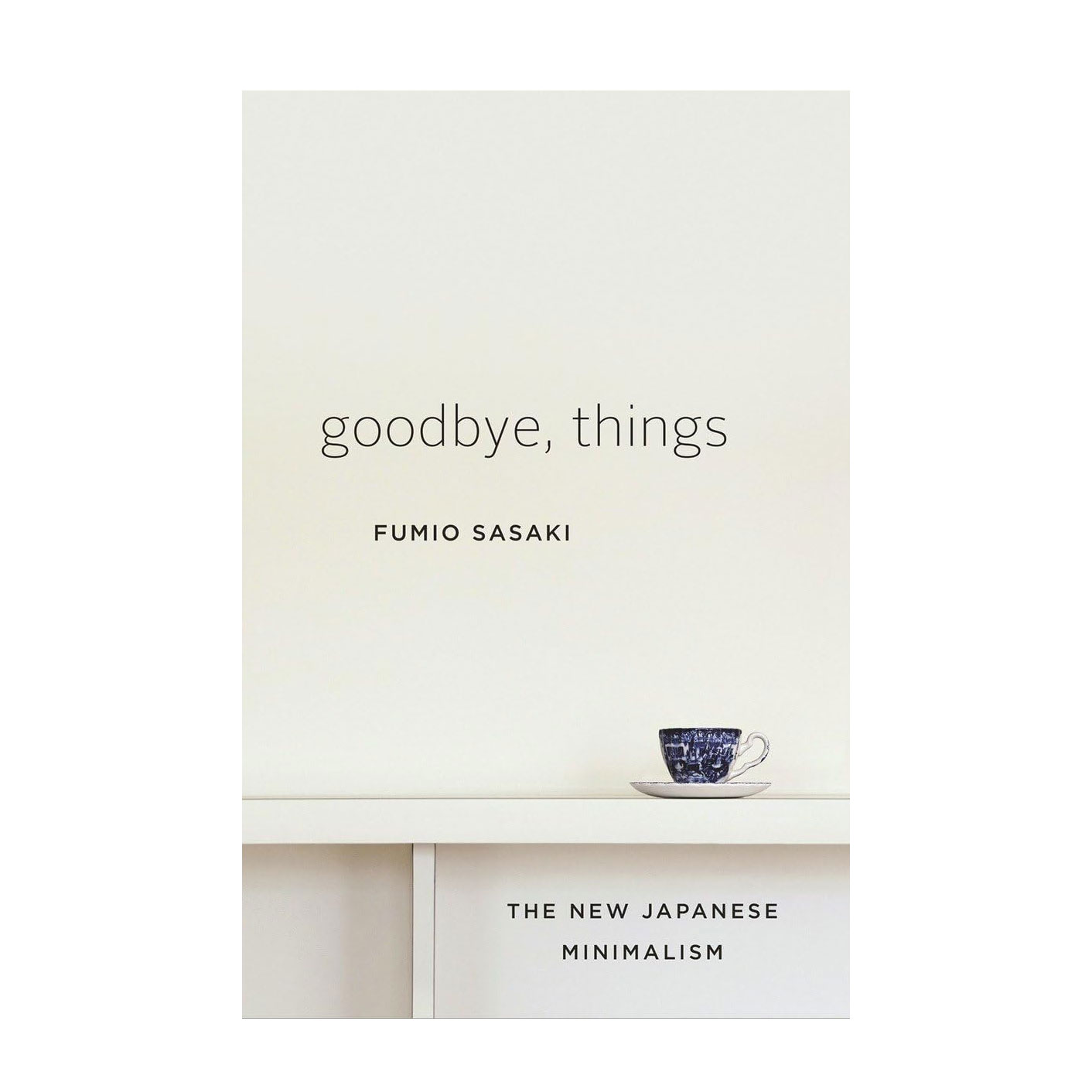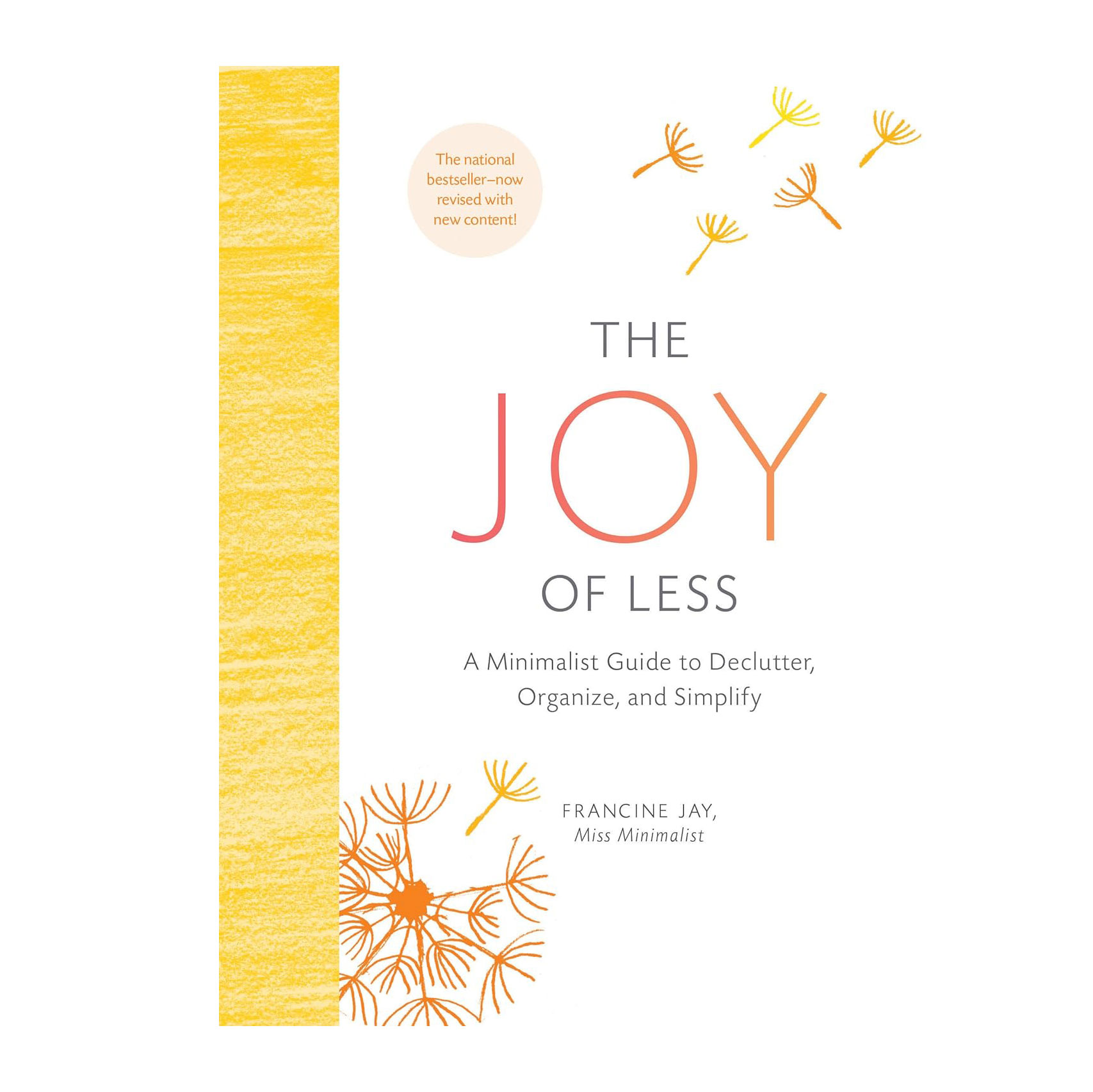What is 'Non-Attachment Theory'? Use this practice to rid your home of unneeded items once and for all
Live a life no longer held captive by your stuff with the ‘non-attachment theory’ praised by minimalists and professional organizers
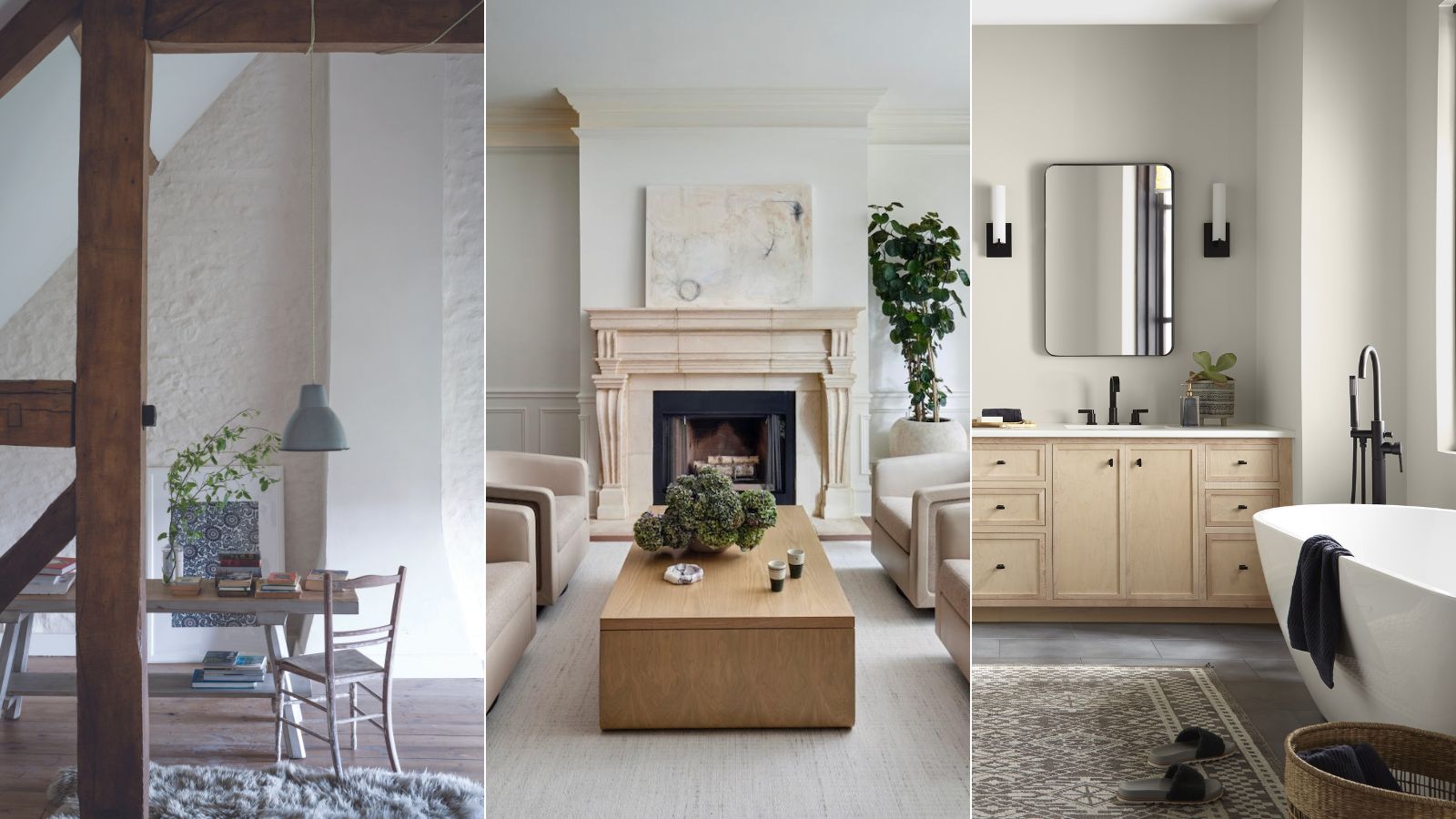
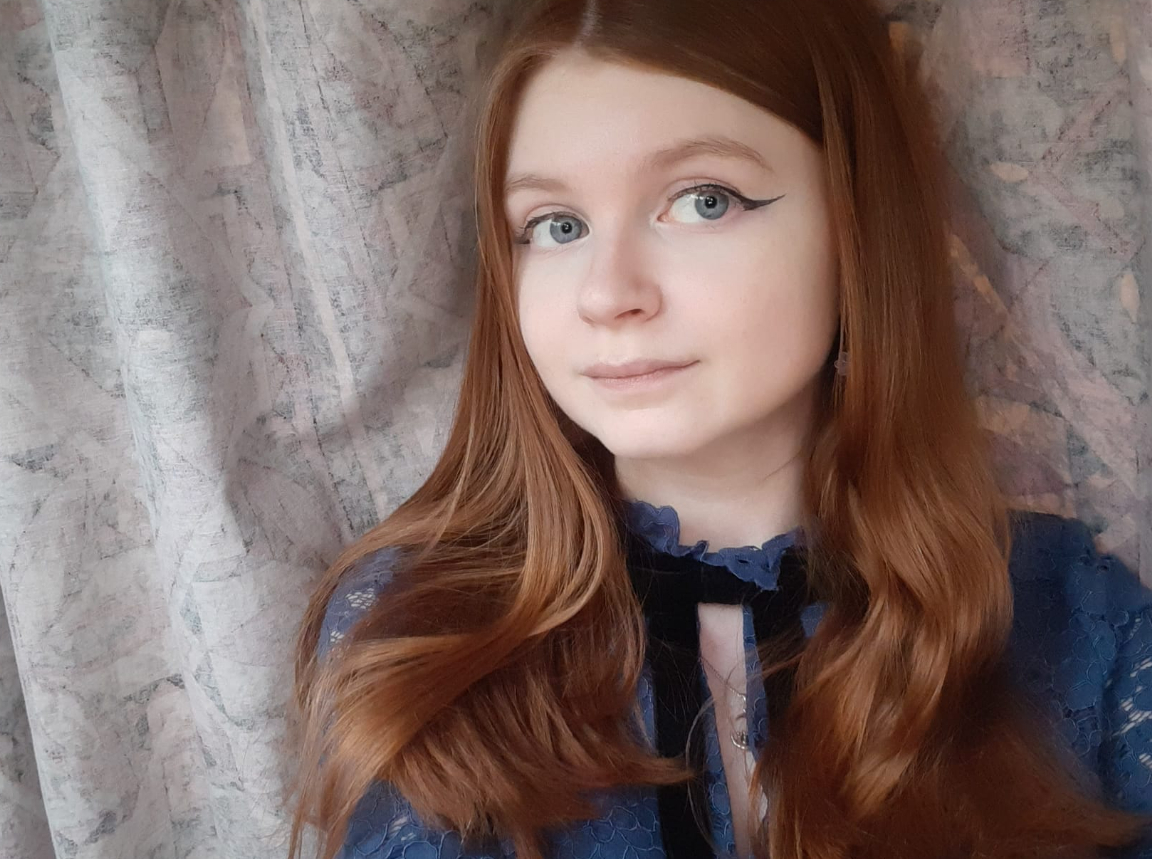
It’s impossible to go through life without owning something: the forks in your kitchen drawer, the lampshade on the landing, the vase that holds your favorite flowers. But past the essentials and objects people use to build up a functioning home, you’re bound to accumulate even more – what Marie Kondo calls ‘Komono’, as well as general surplus. This term refers to miscellaneous items a person doesn’t need or particularly have a home for, but if we’re honest with ourselves, we all have them.
The keychain you picked up on holiday, the tenth pair of socks you don’t wear, the coasters handmade by your creative nan that are a bit out there for the style of your dining room. It can be difficult not to feel attached to what we own and, in turn, we can feel like we must keep everything. But embracing minimalist decor ideas, and living without this sense of obligation, or attachment, can be incredibly liberating.
We talked to professional organizers and minimalists to learn more about ‘non-attachment theory’ and how it can help you begin to declutter as you go and live a life with less. Say goodbye to overflowing cupboards and hello to breathing lighter as you reflect on your lifestyle and what truly holds value within it.
What is the ‘non-attachment theory’?
The theory of ‘non-attachment’ is a practice that encourages people to evaluate the sense of attachment they hold towards anything in their lives and utilize the best decluttering tips to control the chaos. It is largely used under the umbrella of minimalism and essentialism, as a method to help people declutter, but it can also be applied to parts of a person’s lifestyle extending beyond physical possessions.
The aim behind the item aspect of the theory is to encourage people to investigate why they feel attached or obligated to their possessions and why they may be struggling to keep clutter down in their homes long-term. This approach is therefore one that operates in an inward-facing way, inspiring people to do some inner work and reflection first instead of haphazardly attempting to declutter less thoughtfully.
Oftentimes when people approach the task of decluttering they feel overwhelmed quickly or reach a standstill, unsure of where or what to tackle first. But starting with reflection and gaining a sense of understanding about what you have brought into your home can teach you a lot about your bond towards objects.
For instance: ‘I am fiercely attached to my curated wardrobe,’ says Barbara E. Tanaka, Strategic Home Design and Organizing Advisor at Real Estate Bees. ‘It took me three decades to understand what suits me and fits me, and I feel pride and joy whenever I pick something from it, knowing I will repeatedly use every item I own.’
Kim Corey, Certified Professional Organizer and Founder of Finely Sorted Organizing, shares: ‘I’m particularly attached to gifts given to me that remind me of people I care about, and to my couch because it is so comfortable and even doubles as a twin bed.’
These connections have with them a sense of 'why', which can be found through evaluating why items matter to you, to begin with.
How can a person begin to evaluate their items through non-attachment?
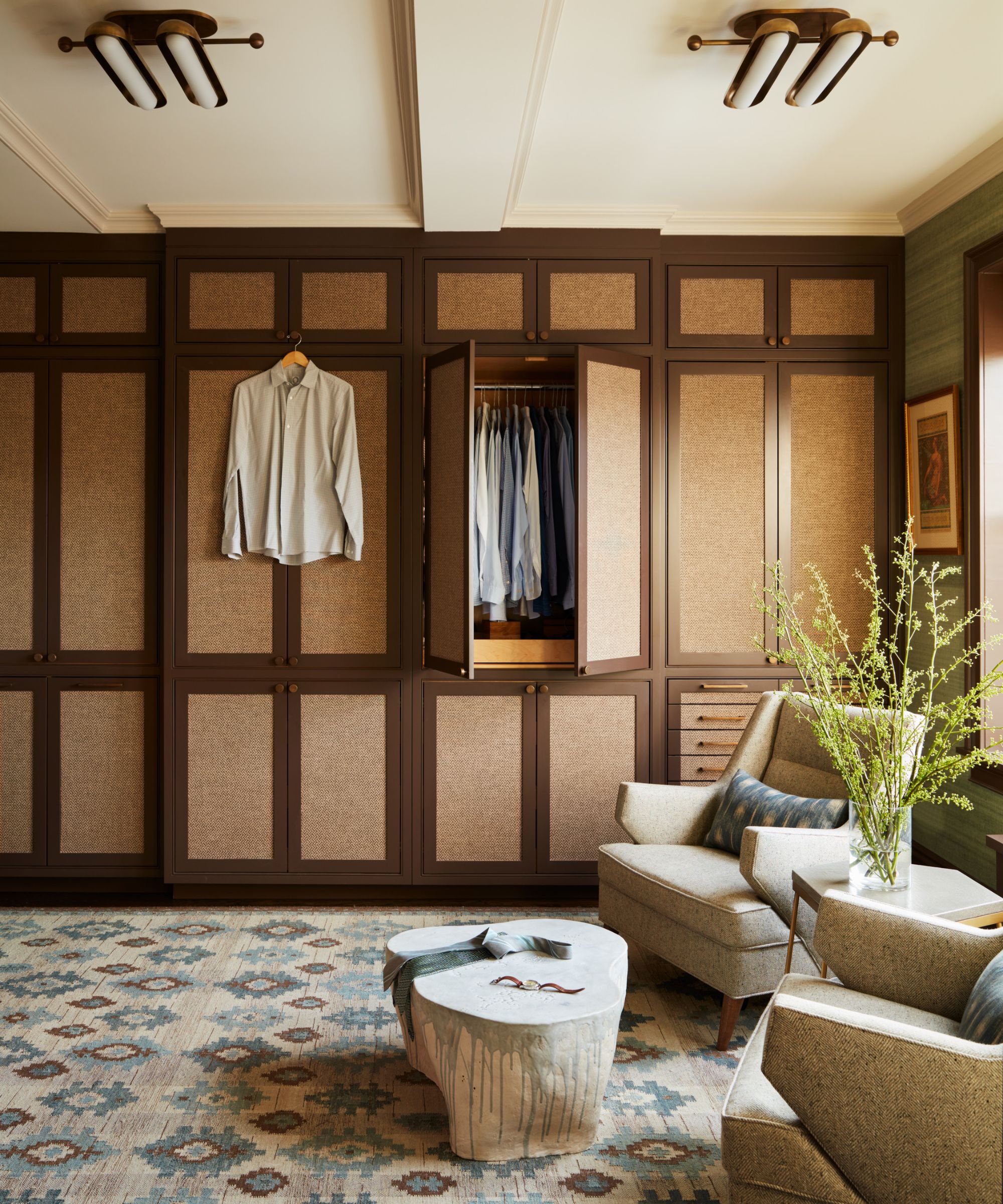
Since non-attachment is about evaluating a person’s sense of connection towards the inanimate, a good starting point may be to remind yourself that the objects you love are a part of your life, but not your life in itself. You can love and care about what you have but at the same time not have a house filled with objects causing you daily stress.
‘Everyone seeks comfort, and it’s okay to have comfort objects,’ says Barbara. ‘Having cherished items nearby can help you to feel alive, but try to be mindful of quantity.’
Then, when you’re in a calm mindset, begin to ask yourself questions. If you hadn’t seen that item now, would you even remember that you had it? Do you think that item could be loved and used more by someone else? If you were moving house, with lots of stressful packing to do, would that item be worth its space in a box? Why did the item come into your life in the first place and, if it broke right now, how would you feel about it?
Asking yourself direct questions such as these helps your brain to think transparently about the connection you hold towards each object in your home and whether the attachment you hold towards it is empty. Letting go can be difficult but remembering your end goal – the 'why' you hold behind wishing to embark on this decluttering journey – throughout the process will motivate you to do your best.
‘After decluttering, my clients often show a more relaxed demeanor and frequently express, "I can finally find everything!”,’ says Barbara. ‘Don’t try to be a minimalist overnight, and know that it is okay to take time with the process, especially when looking through harder-to-discard items such as documents and sentimental items.’
How do I tackle decluttering gifted items during my non-attachment declutter?
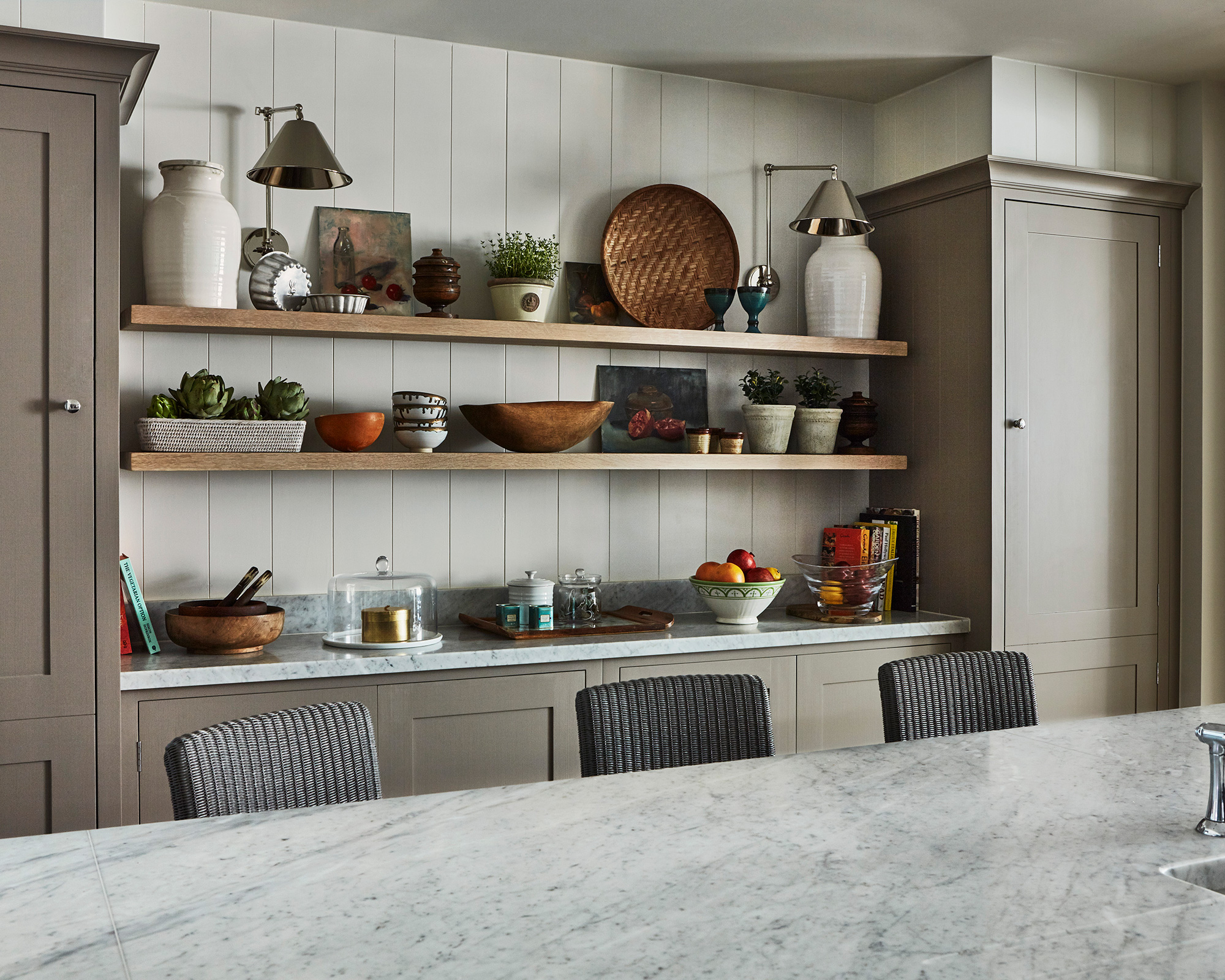
You are definitely not the only one who struggles to declutter sentimental items even though you know deep down no real attachment towards those items exists. It’s a tough one that, for many, may only be resolved by having a conversation with friends and family. But having this conversation and being open about how you feel could be the way forward, both to declutter gifted items you own in the present and to prevent this same sense of guilt-filled gift obligation from happening all over again.
‘If something has been given to you, know that the gift was in the giving and no one who gives for the right reasons will hold you accountable for not saving their gifts,’ says Kim. ‘If they do and maybe insulted, it’s time to draw boundaries about gift giving.’
Barbara adds: ‘When you get a gift you can’t always choose what it is, but you can choose what to do with it. The same goes for an item you bought but never used. You can’t erase the fact that you bought it, but you can choose what to do with it – and it will teach you a valuable lesson: be intentional about what you buy, and what you invite into your life.’
If you are still struggling to let go of your items, and you’re sure you feel ready to let them go (don’t rush the process!), we recommend trying the box method to test your attachments – putting items you wish to remove from your life into a box and taping it up for a few weeks or more. After that time has passed, you’ll notice whether you missed having those things in your life. You could even ask a relative to keep the box at their house to truly implement the idea of ‘out of sight, out of mind’!
Sign up to the Homes & Gardens newsletter
Design expertise in your inbox – from inspiring decorating ideas and beautiful celebrity homes to practical gardening advice and shopping round-ups.

Ciéra is a writer and regional laureate with particular passions for art, design, philosophy and poetry. As well as contributing to Livingetc, she's an Editorial Assistant for Design Anthology, and a contributing writer for Homes & Gardens and Apartment Therapy. Previous commendations of hers include being Highly Commended by The Royal Society of Literature and receiving a prestigious MA Magazine Journalism scholarship to City University, London.
-
 Ina Garten's storage pantry is an insightful window into all of the best cookware used by the chef – and it's easy to recreate on your kitchen shelves from $48
Ina Garten's storage pantry is an insightful window into all of the best cookware used by the chef – and it's easy to recreate on your kitchen shelves from $48The beautiful dishware in The Barefoot Contessa's Hamptons pantry showcases the tools she uses most often to cook – this is exactly how you replicate it
By Sophie Edwards Published
-
 Extend the lifespan of your appliance with 5 simple but crucial washing machine maintenance tips
Extend the lifespan of your appliance with 5 simple but crucial washing machine maintenance tipsFrom cleaning the filters to keeping the door open, experts reveal the washer tips they swear by
By Andy van Terheyden Published
-
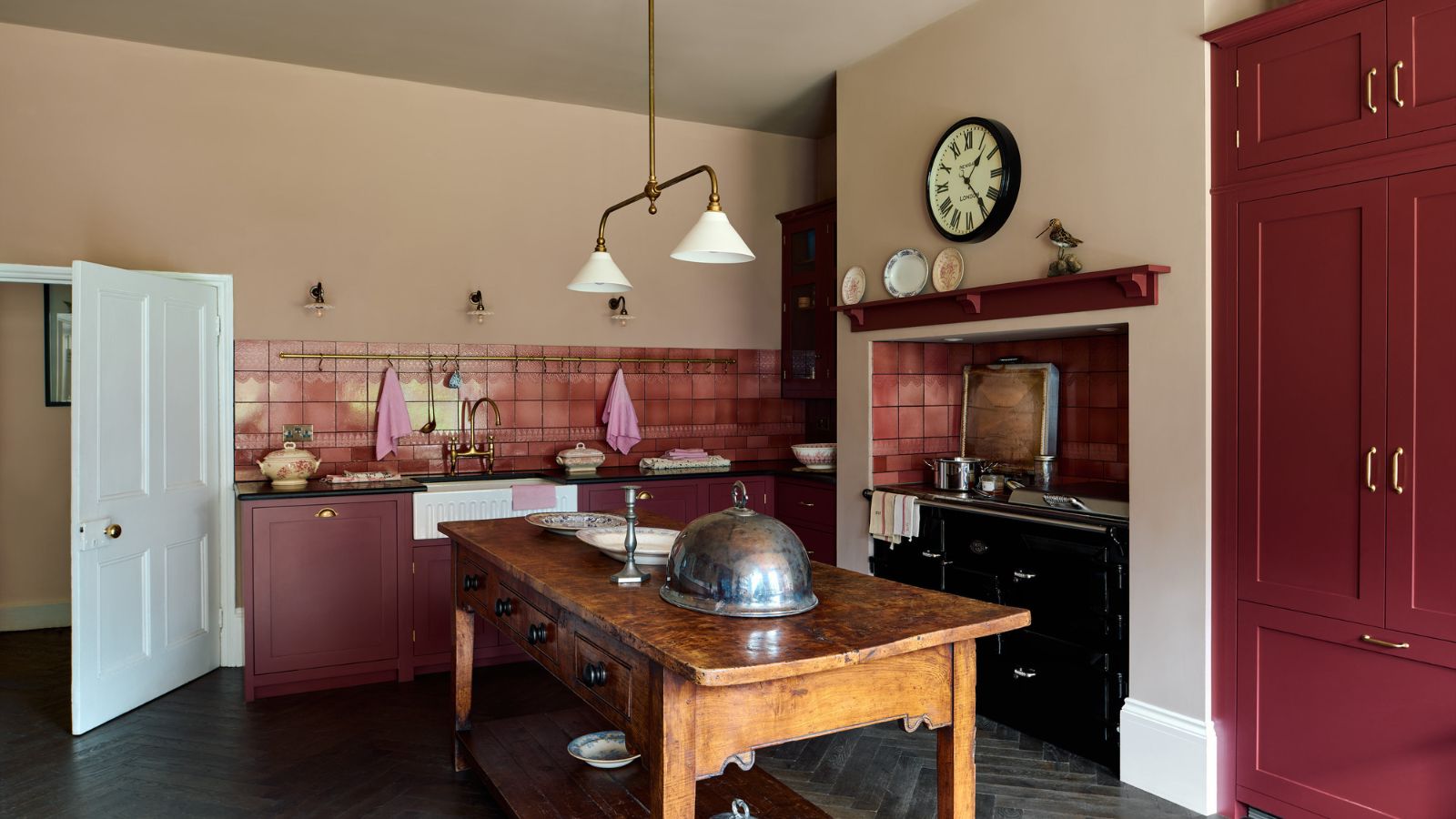 It’s a concept straight out of a fashionista's playbook, but I used the Sandwich Method to organize my kitchen shelves – it’s never looked sleeker
It’s a concept straight out of a fashionista's playbook, but I used the Sandwich Method to organize my kitchen shelves – it’s never looked sleekerIt transformed messy to mesmerizing in a matter of seconds
By Punteha van Terheyden Published
-
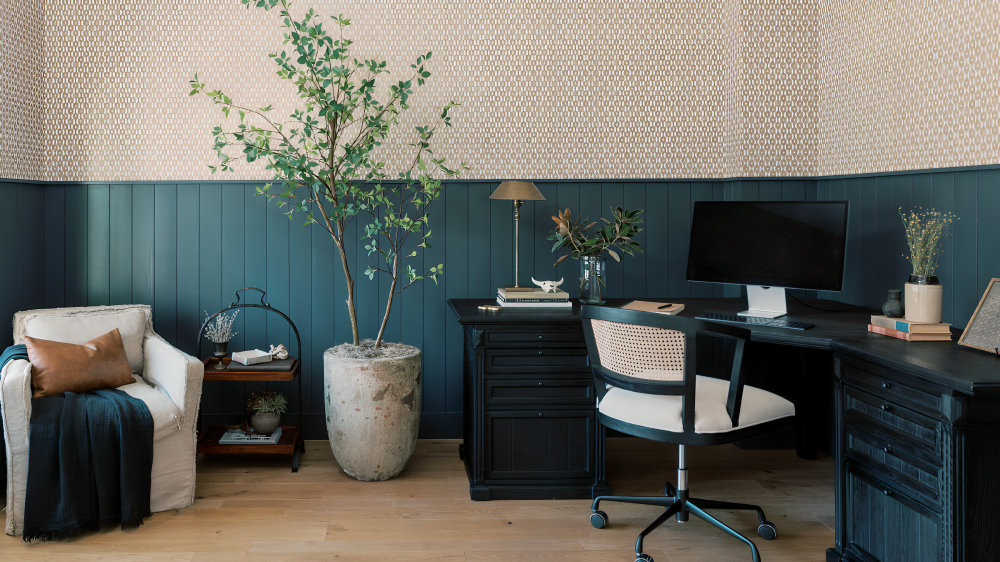 The value-based decluttering method changed my attitude toward the task – and turbocharged functionality in my small home
The value-based decluttering method changed my attitude toward the task – and turbocharged functionality in my small homeIt's proven to be transformative for my home over the last six months
By Chiana Dickson Published
-
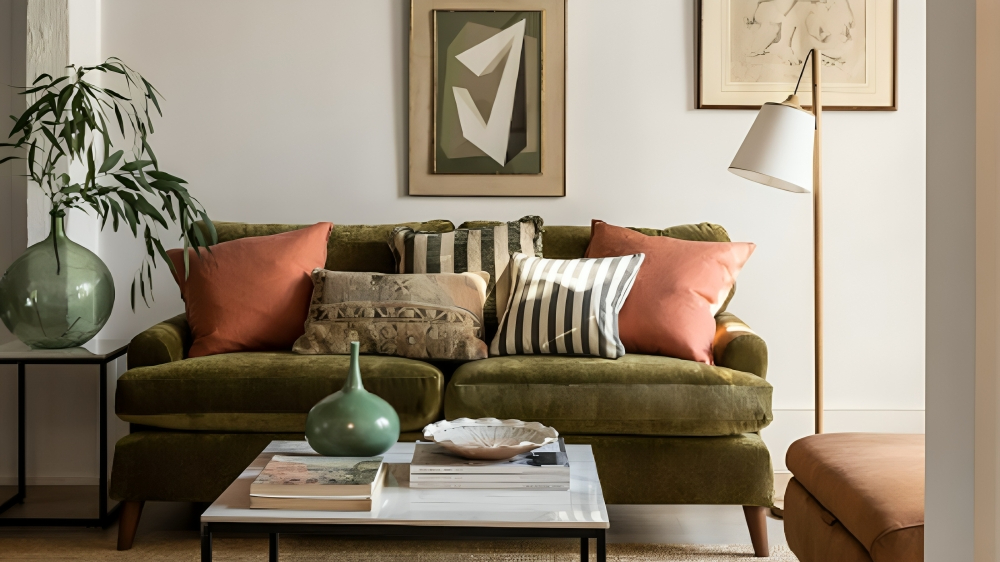 5 low-energy and useful tasks to try instead of doom-scrolling – this brain hack will break bad habits
5 low-energy and useful tasks to try instead of doom-scrolling – this brain hack will break bad habitsExperts urge you to try it for your wellbeing
By Chiana Dickson Published
-
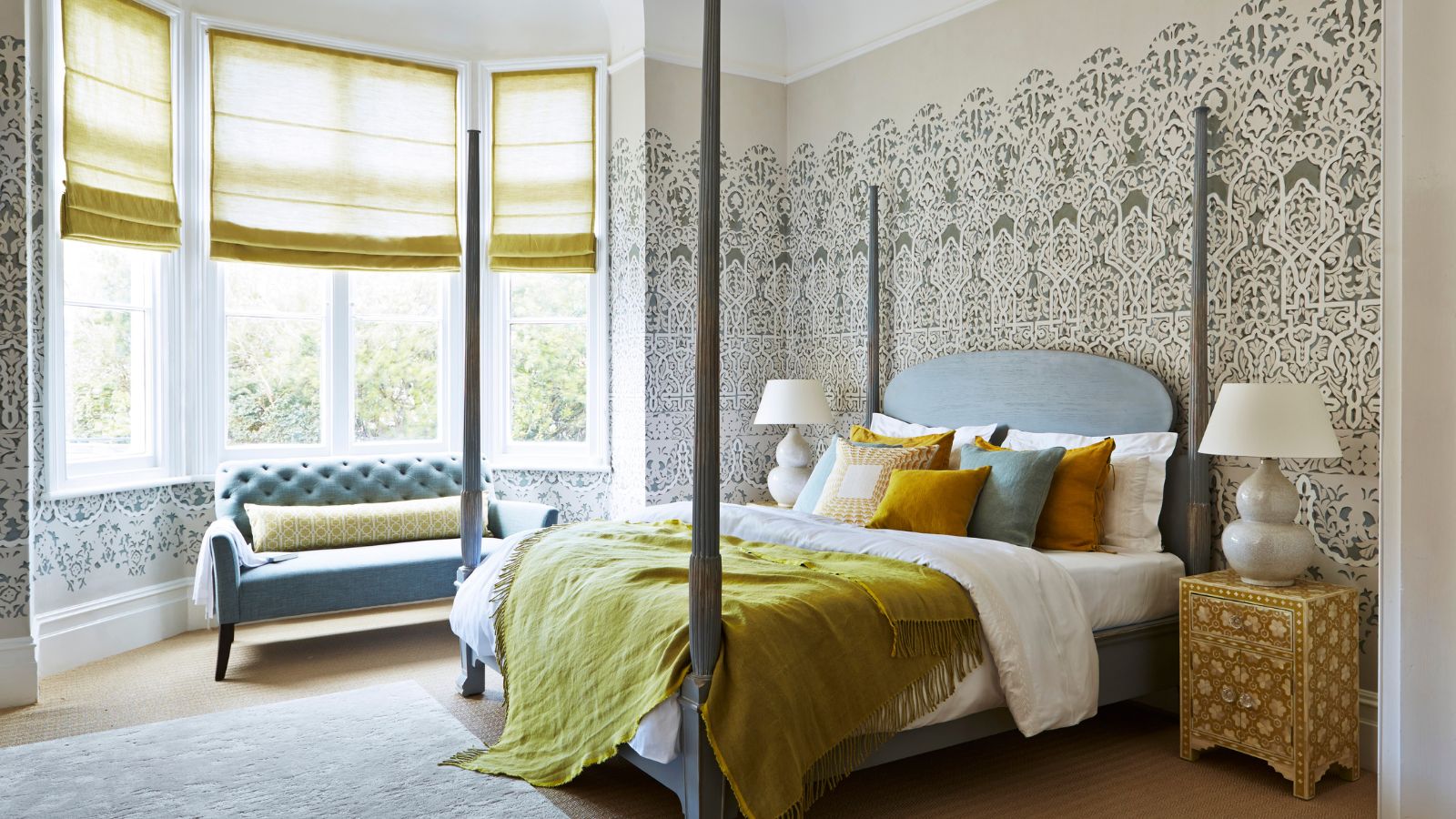 How to store a comforter or duvet properly over the warmer months – pros say 'breathable is the buzzword'
How to store a comforter or duvet properly over the warmer months – pros say 'breathable is the buzzword'Clean, air out, fold and roll your way to a fresh and fluffy duvet
By Ottilie Blackhall Published
-
 This tiered Joseph Joseph dish rack solved the constant sink-side traffic jam in my kitchen
This tiered Joseph Joseph dish rack solved the constant sink-side traffic jam in my kitchenI wish I’d swapped to it sooner
By Punteha van Terheyden Published
-
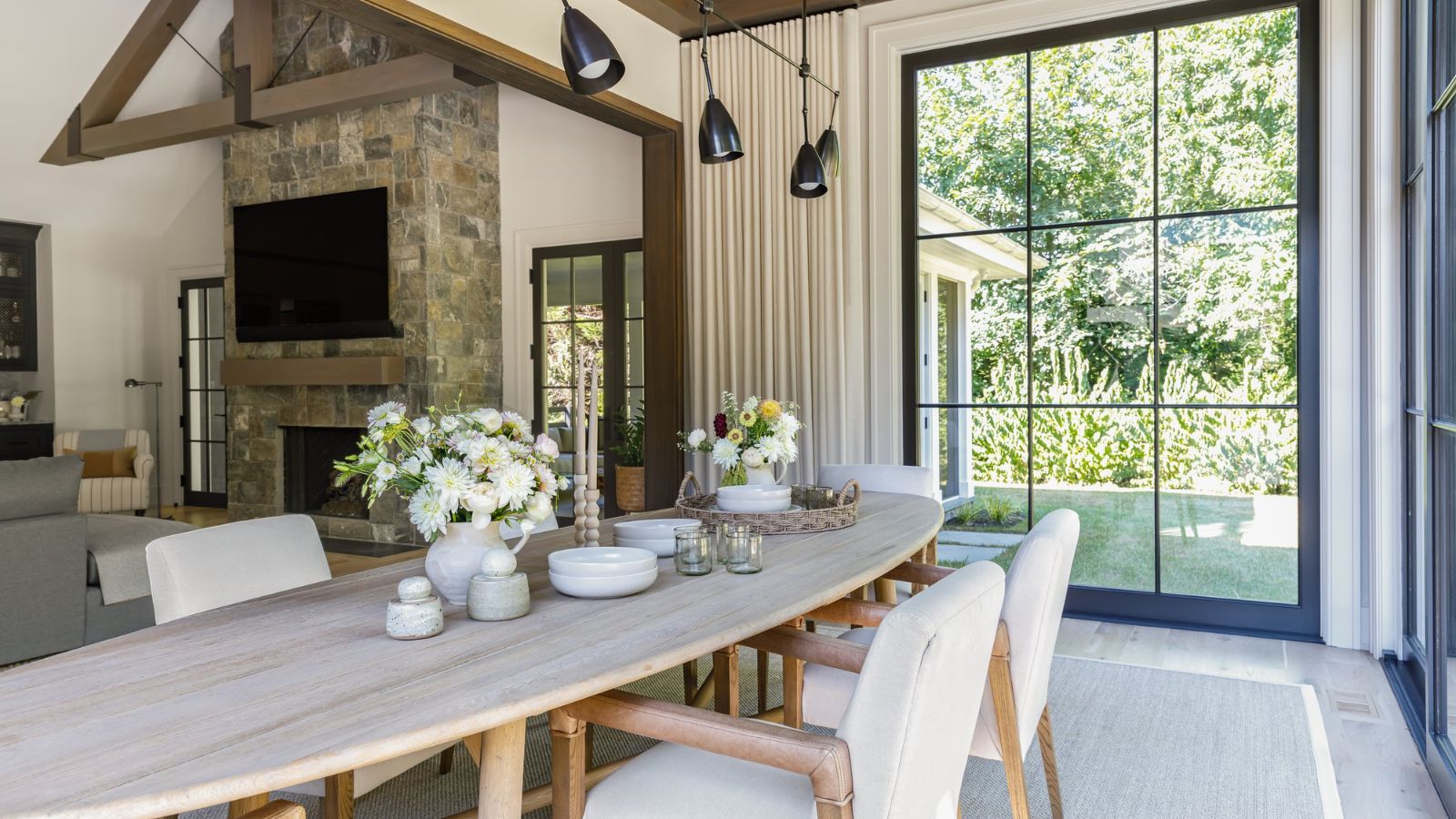 ‘An important tenet in staying organized’ – 6 easy habits for a more minimalist and streamlined home
‘An important tenet in staying organized’ – 6 easy habits for a more minimalist and streamlined homeWorking on these organizational habits will make your home more manageable
By Chiana Dickson Published
-
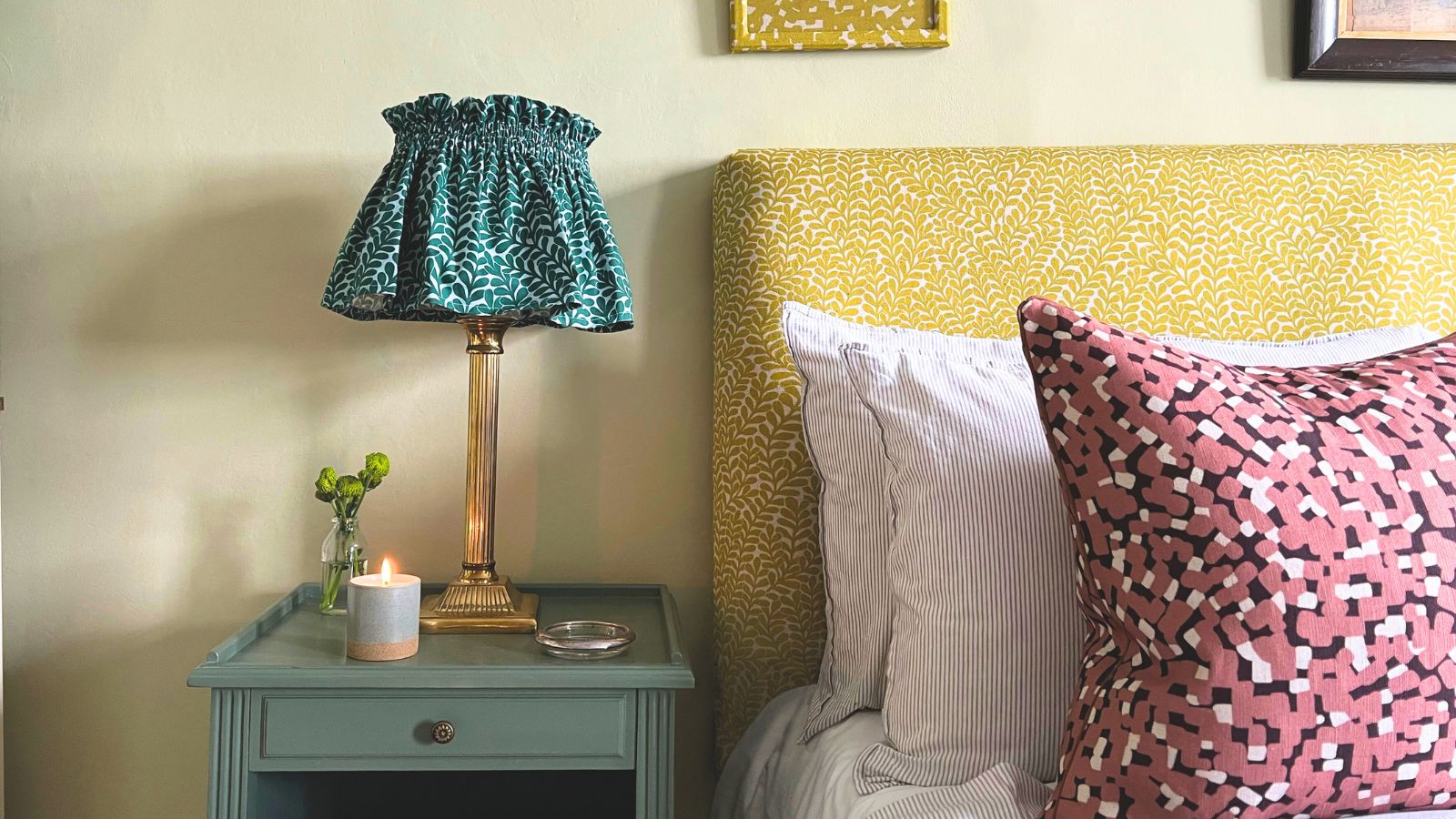 9 things to organize in April 2025 to prepare your home for a season of socializing and warmer weather ahead
9 things to organize in April 2025 to prepare your home for a season of socializing and warmer weather aheadGet sorted now for easier spring and summer get-togethers
By Chiana Dickson Published
-
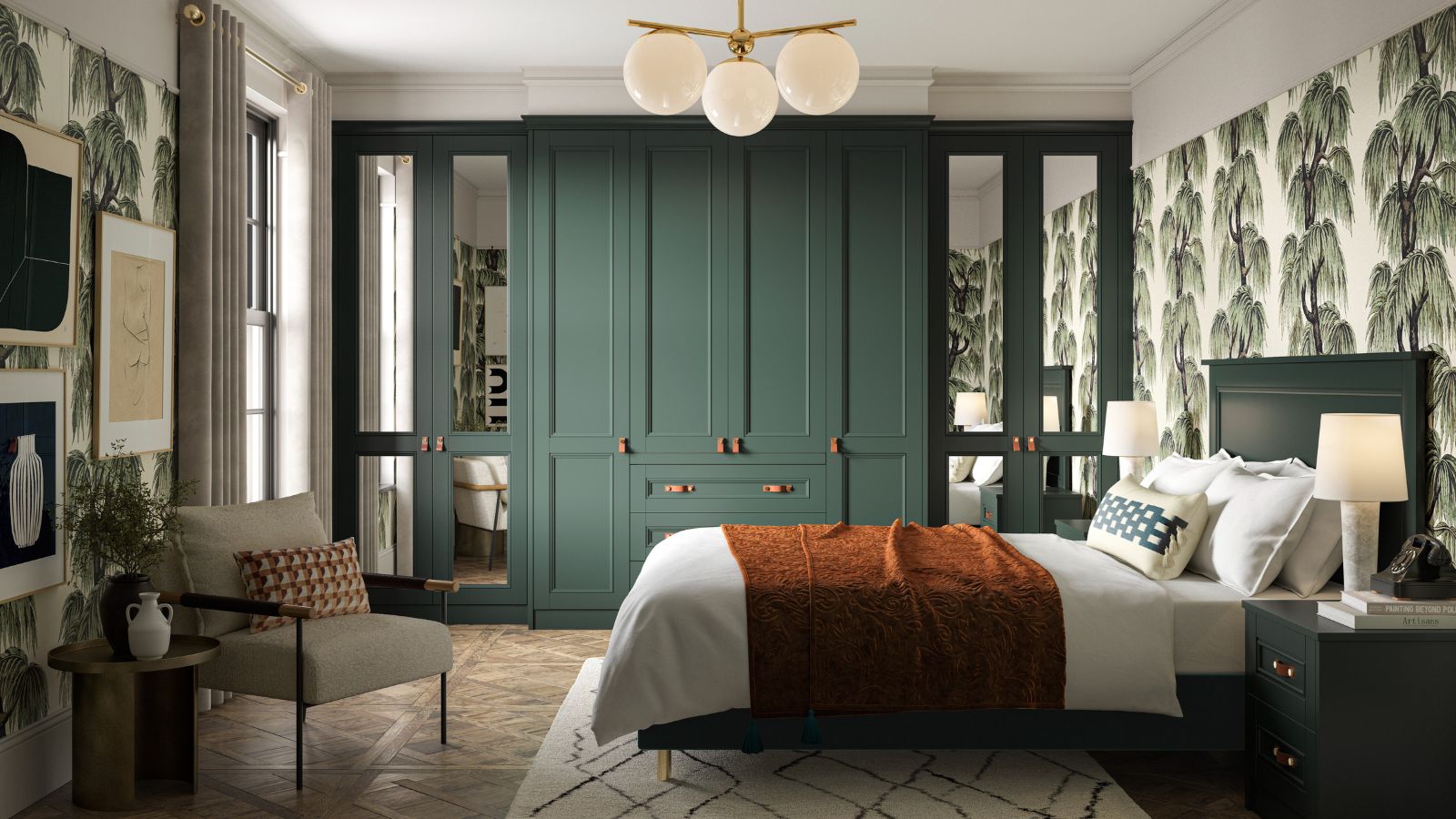 6 warning signs it is time to quickly reorganize your closet and make stressful mornings easy to navigate again
6 warning signs it is time to quickly reorganize your closet and make stressful mornings easy to navigate againIt is not a ‘once-and-done’ task, experts reveal
By Chiana Dickson Published
